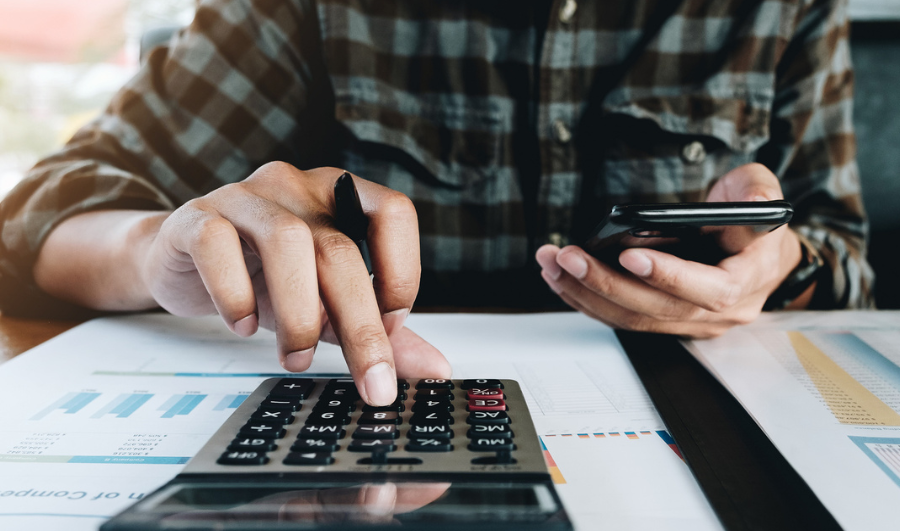
The backlog of payments often disrupts the cash flow, leading to a domino effect on the working capital. This is why managing timely payments becomes important for maintaining a steady cash flow. However, manually following up with the clients for payments can get tedious and time-consuming. Automated payment reminders thus work as an efficient method to ensure timely collections and reduce the administrative workload. How exactly do these help, and how do we automate these reminders? Let’s understand.
| Table of Contents: |
| Why automate payment reminders? |
| Types of payment reminders |
| How to create a friendly payment reminder? |
| How to schedule your payment reminder? |
| When should you send a reminder to your clients? |
| Tips for Effective Payment Reminders |
| Conclusion |
Why Automate Payment Reminders?
Payment reminders are written or verbal communication with a client sent as a reminder for pending invoice payments. Automating this communication means-
1. Automating accounts payable to save time and minimize manual efforts
2. Scheduling outstanding payment reminders and helping clients pay on time to avoid cash flow disruptions
3. Ensuring polite and professional communication as it is a more considerate method of reminding clients about the dues
4. Keeping accounts receivable organised with real-time tracking of outstanding payments and invoices
5. Reducing the risk of human errors and making follow-ups easy with professional communication
6. Identifying high-risk accounts and planning for stronger follow-ups if needed
Types of Payment Reminders:
1. Payment Reminder Emails: Payment reminder email is a common form of payment reminder. These contain detailed information about the invoice, payment methods, and payment links. You can use a set template when sending such emails.
2. Payment Reminder Messages: In addition to emails, you can send automated payment reminder messages via SMS or messaging apps. These messages are more direct and can grab your client’s attention faster. They are handy for clients who prefer quick, informal communication.
The two forms or types of payment reminders are used for different purposes like sending out-
1. Outstanding payment reminder (reminders that often come with a more urgent tone to encourage clients to pay promptly and avoid late fees)
2. Fees reminder messages (reminders that notify and remind clients of any additional charges for overdue payments)
3. Automated Debits (for businesses that provide subscription-based services or require regular payments)
How to create a friendly payment reminder?
While creating a friendly reminder for payments, make sure to balance the firmness of the message with a polite approach to encourage payment without damaging the relationship with your clients. To create friendly reminders,
1. Be Direct and Clear: Include the invoice number, amount owed, and the due date in your payment reminder notification. Focus on facilitating payment and avoid accusatory language.
2. Use a Polite Tone: Use phrases like “We kindly remind you” and “We appreciate your attention to this matter” in the reminders to keep the communication polite but clear.
3. Provide Easy Payment Options: Include payment links or details to make paying easy for clients. The fewer the steps, the more likely clients will make the payment.
4. Acknowledge Previous Payments: Recognize any past timely payments with a simple “Thank you for your timely payments” to maintain goodwill.
How to schedule your payment reminder?
1. Set The Right Timing: Set the frequency of the payment reminders. For instance, once the invoice is sent to the client, you can schedule them for 6 days before, 3 days before, and on the due date.
2. Select the Reminder Type: Choose between a soft reminder for payment and a more urgent outstanding payment reminder, depending on the situation.
3. Automate the Process: You can either send a soft reminder for payment if the due date is upcoming or a more urgent outstanding payment reminder once the due date has passed depending on the situation.
When should you send a reminder to your clients?
Timing of the reminder is a trick to master because sending a reminder too early might be perceived as pushy, while sending it too late might delay payment further. While the reminder schedule might rely on the type of business and different policies, a common approach for this is as follows-
1. Before the Due Date: Initiate contact with a friendly fees reminder message a few days before the due date of invoice, generally ten days or a week before the due date.
2. On the Due Date: Send a polite payment reminder on the actual due date. Mention the possibility of late fees subtly if applicable. This can be particularly useful if the client is busy and needs a final nudge.
3. Polite Post-Due Reminders: If payment isn’t received, send an understanding reminder shortly after the due date- up to 7 or 10 days. Approach the situation politely, assuming that the delay might be unintentional, to maintain a positive client relationship.
4. A Week (or More) After the Due Date: If the initial overdue reminder goes unanswered, continue sending weekly reminders. These should gradually increase in firmness, emphasizing the urgency of payment and any incurred late fees.
5. Gradual Escalation: By the third overdue notice, consider switching to a phone call for direct communication and quicker resolution. Direct contact often resolves issues more effectively than email.
Tips for Effective Payment Reminders
1. Simplify payment by including secure, one-click payment links in your reminder emails. Place them near the total amount due and any late fees to make it easy for clients to pay quickly.
2. Keep the reminders concise. A direct payment reminder email or message is more likely to be read and acted upon.
3. Don’t over-saturate clients with too many payment reminder messages. Set the right intervals for reminders to avoid feeling too aggressive.
4. Personalize the message for each client with specific details.
5. Regularly analyze the effectiveness of your automated reminders. Check response rates and adjust frequency or messaging if necessary.
Conclusion:
Automating payment reminders is a commonly adopted business practice to ensure timely payments and prevent cash flow disruptions. It effectively maintains professional client communication, automates accounts payable, and improves payment reliability. Combining this with the right reminder schedule and apps or software, you can easily minimize overdue payments over time.


